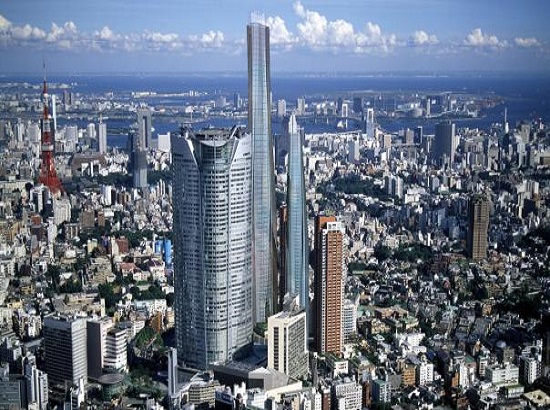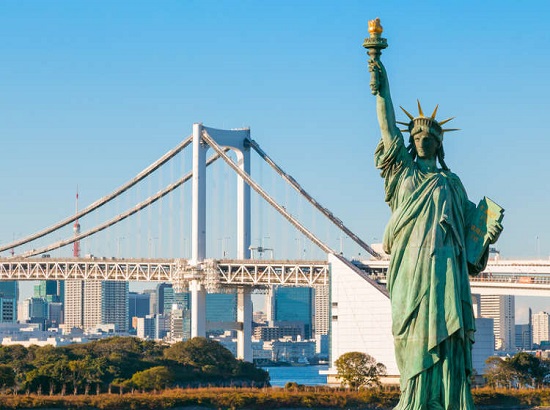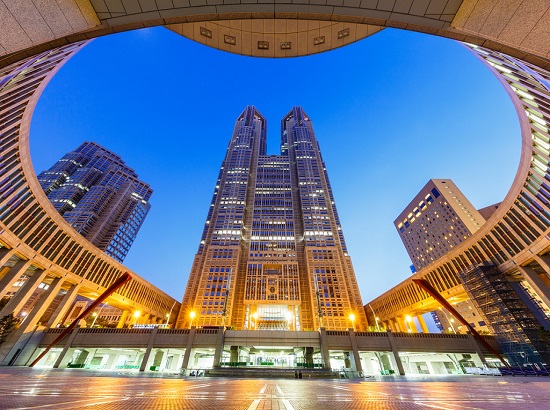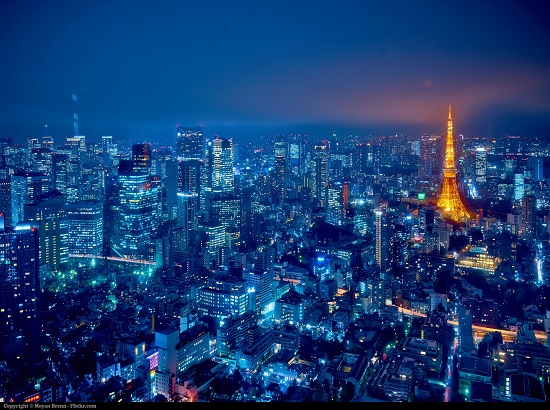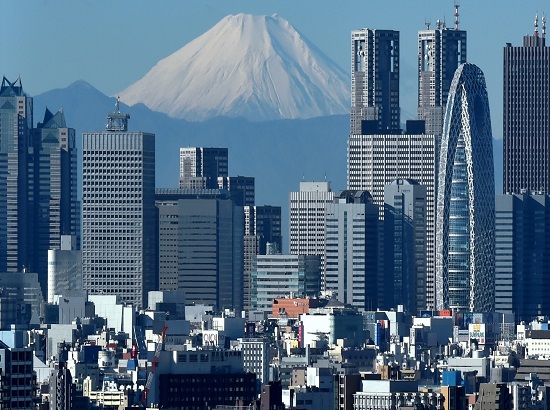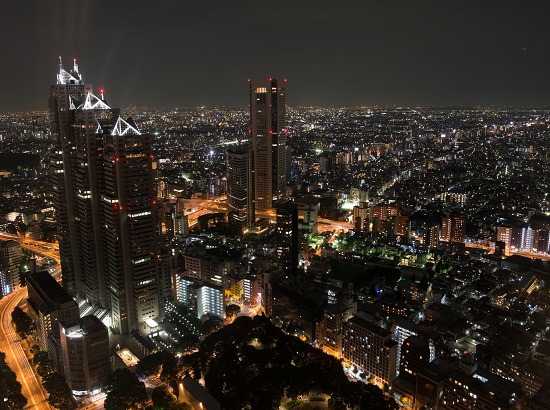Venue & Hospitality
City Highlights
About City
Tokyo is located on the Pacific on the eastern coast of Honshu, the largest of the four main islands comprising Japan.
Tokyoites have been subject to the same national education system as the rest of Japan since the Meiji period, when elementary schooling was made compulsory for children beginning at the age of eight. Further reformed after World War II, the system has produced one of the world's most literate and educated populations. While private elementary and secondary schools exist, virtually all Japanese are educated in public schools.
Tokyo boasts the world's highest concentration of institutions of higher learning with over 100 universities and colleges, about a quarter of Japan's total. One-third of Japan's university students are enrolled in Tokyo schools. Tokyo University, founded in 1877, is the nation's most prestigious, but it is joined by other top-ranking schools such as Keio-Gijuku University (established in 1867), Rikkyo University (1883), Waseda University (1882), and Tokyo Women's College (1900). The high concentration of such schools in Tokyo does present some difficulties, as Tokyo's Metropolitan Board of Education has restricted the schools' expansion to curb overcrowding in the city and encouraged them instead to locate additional facilities in outlying areas.
Travel in Tokyo is safe, easy, and efficient, and getting around is relatively inexpensive. The subway and train system is extensive, though transferring between the two different subway systems is more costly than traveling on only one. Transfers are sometimes a bit more complicated between JR lines and private railways. English-language signs abound, and English-language subway and train maps are available at major stations. Tickets are dispensed from vending machines, though there is always an attendant on hand (who usually speaks little if any English). There are many services to aid the foreign traveler, among them the Japan National Tourist Organization.
Venue
Tomisato-shi, Chiba, Japan 286-0221

